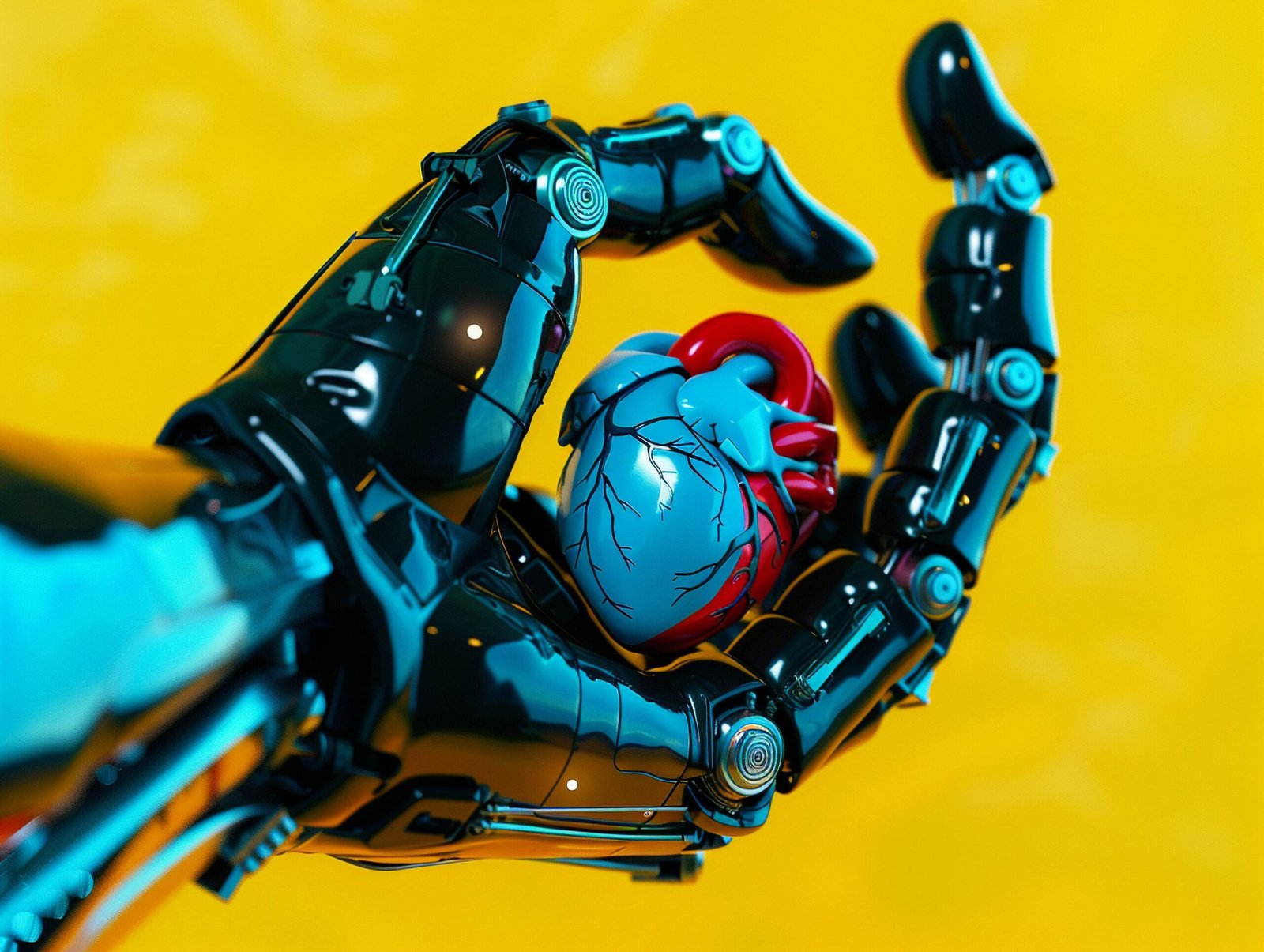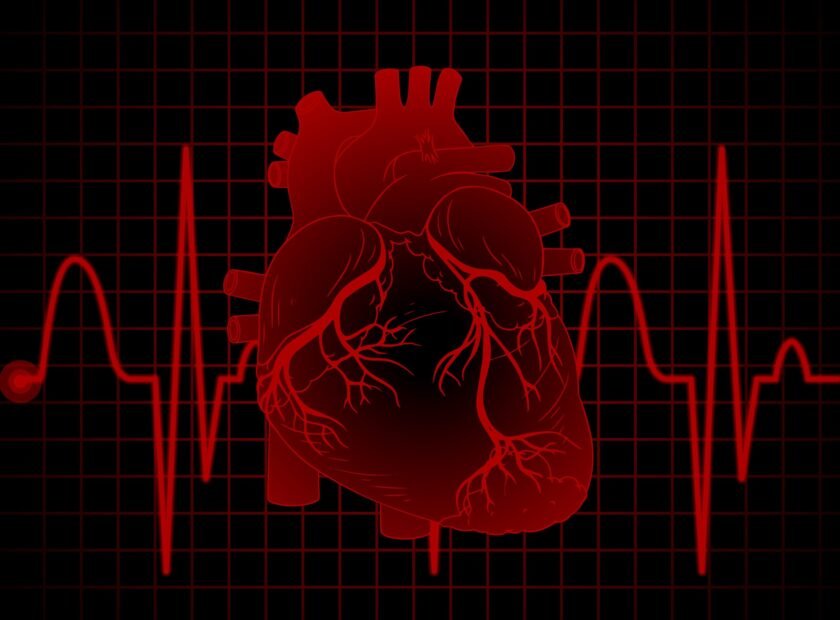
Initial Success of the First Full Heart Transplant Performed by a Robot.
Initial Success of the First Full Heart Transplant Performed by a Robot.
King Faisal Specialist Hospital and Research Centre in Saudi Arabia successfully conducted the world’s first full heart transplant using a robot. The patient, a 16-year-old suffering from stage-four heart failure, overcame the medical challenges and complexities associated with this type of surgery.
According to the Saudi Press Agency (SPA), the surgery lasted three hours and was carried out by an exceptional medical team led by Dr. Firas Khalil, following weeks of preparation. The process began with detailed theoretical planning to ensure accuracy, reduce potential risks, and innovate a surgical approach to access the heart, complete the removal, and transplant the heart without opening the ribcage. This was followed by seven consecutive virtual simulations over three days to verify the effectiveness of the innovative method.
This achievement represents a major shift in heart transplant practices, moving from traditional open chest surgery—which requires long recovery periods, restricting patients from performing even the simplest daily activities—to using robotic techniques that allow for minimal surgical intervention. This reduces pain, shortens recovery time, and minimizes the chances of complications, marking a significant leap in improving patients’ quality of life and accelerating their health recovery.
Robotics represents the latest advancement in cardiac medicine. It eliminates the need to break bones or make large muscular incisions. The robot, consisting of three arms, acts as an extension of the surgeon’s hand. In fact, the surgeon does not physically touch the heart. Success in robotic heart surgery requires a cohesive team that has handled numerous cases to achieve the best results.
Thus, the team is carefully selected, comprising cardiologists for the pre-surgical phase, a distinguished operating room team of doctors, technicians, anesthesiologists, and a critical care team for post-operative care. In this program, there are two surgeons—one at the operating table and the other at the control unit. This setup is crucial because it reduces surgery time, especially on the cardiopulmonary bypass machine. The operating room team includes, in addition to the surgeons, a cardiologist performing echocardiograms (echo) and an anesthesiologist familiar with minimally invasive techniques for catheter tube insertion. After the surgery, the anesthesiologist hands over to the critical care team. We follow protocols that reduce ICU stay time and determine the timeline for removing lines and tubes. Patients are cared for efficiently and with compassion, and the volume of cases allows for routine procedures, which is crucial for optimal outcomes.
Currently, the indications for robotic heart surgery typically include treating many heart conditions requiring surgery, such as mitral valve disease. Other considerations include issues like tricuspid valve problems, small heart tumors—though not very common—some congenital heart defects, septal defects (like atrial septal defects), and other structural problems related to congenital conditions. Additionally, certain aspects of coronary artery bypass surgery can be performed robotically or through minimally invasive procedures, and certain procedures for arrhythmia disorders can also be done robotically.
At present, some patients are not candidates for robotic heart surgery. Those who need multiple procedures, particularly multiple valve procedures or a combination of coronary bypass and valve surgeries, may exceed the robot’s capabilities. Additionally, patients who have undergone previous cardiac surgery or have had a prior incision on the right side of the chest are also currently ineligible for robotic surgery. Overweight or obese patients may also not be candidates due to the current limitations of the technology, such as the length of the robotic arms. Furthermore, patients with severe peripheral vascular disease are not candidates, as the minimally invasive procedure relies on connecting the patient to the cardiopulmonary bypass machine through the groin and neck vessels.
Some patients may wonder if robotic surgery is safe or dangerous. Fortunately, the success rate for robotic surgery has reached 100% at top centers worldwide. The mortality rate is extremely low, at less than 0.5%. In no case has the surgeon had to switch to an open procedure, something that is always mentioned to patients in advance. Robotic surgeries result in shorter hospital stays, shorter ventilation times, shorter ICU stays, and quicker recovery, with a total hospital stay of about three days. We follow patients closely for five years, and the results are very encouraging.
There are clear benefits for the patient. First, the patient undergoes the same operation whether it’s open or robotic, with a success rate of over 99% for repairs. The pain and bleeding are lessened, the risk of infection is reduced, and the likelihood of experiencing transient post-surgical arrhythmias—common with valvular heart diseases—is also lower. Hospital stays are shorter, and recovery is generally easier. We’ve found that quality of life improves with the robotic approach. Although open surgery also delivers excellent outcomes, the robotic option combines all these additional benefits. Patients can recover faster and return to work, with many returning within two to three weeks of surgery, depending on their occupation. The key takeaway is that the outcome is similar to open repair surgery using the robotic approach, which requires a highly experienced elite team from cardiac surgery, cardiology, anesthesiology, and critical care departments, alongside all essential healthcare collaborators. The hospital stay is shorter, recovery is quicker, and quality of life is improved overall, with patients returning to work sooner.
Programs with extensive experience in open surgeries tend to achieve impressive results with the robotic approach due to the vast experience gained. What is the team’s composition, and what are the roles of each member? In our practice, we have two surgeons working on each patient, one at the operating table and the other at the control unit. Although this is not mandatory, it is beneficial. At the very least, the team at the operating table must have significant expertise in this specialized field of cardiac surgery. All of this is important because the outcome is generally linked to the duration of time spent in the operating room, and more importantly, to the time spent on the cardiopulmonary bypass machine.
— Dr. Jamal Dabbas





